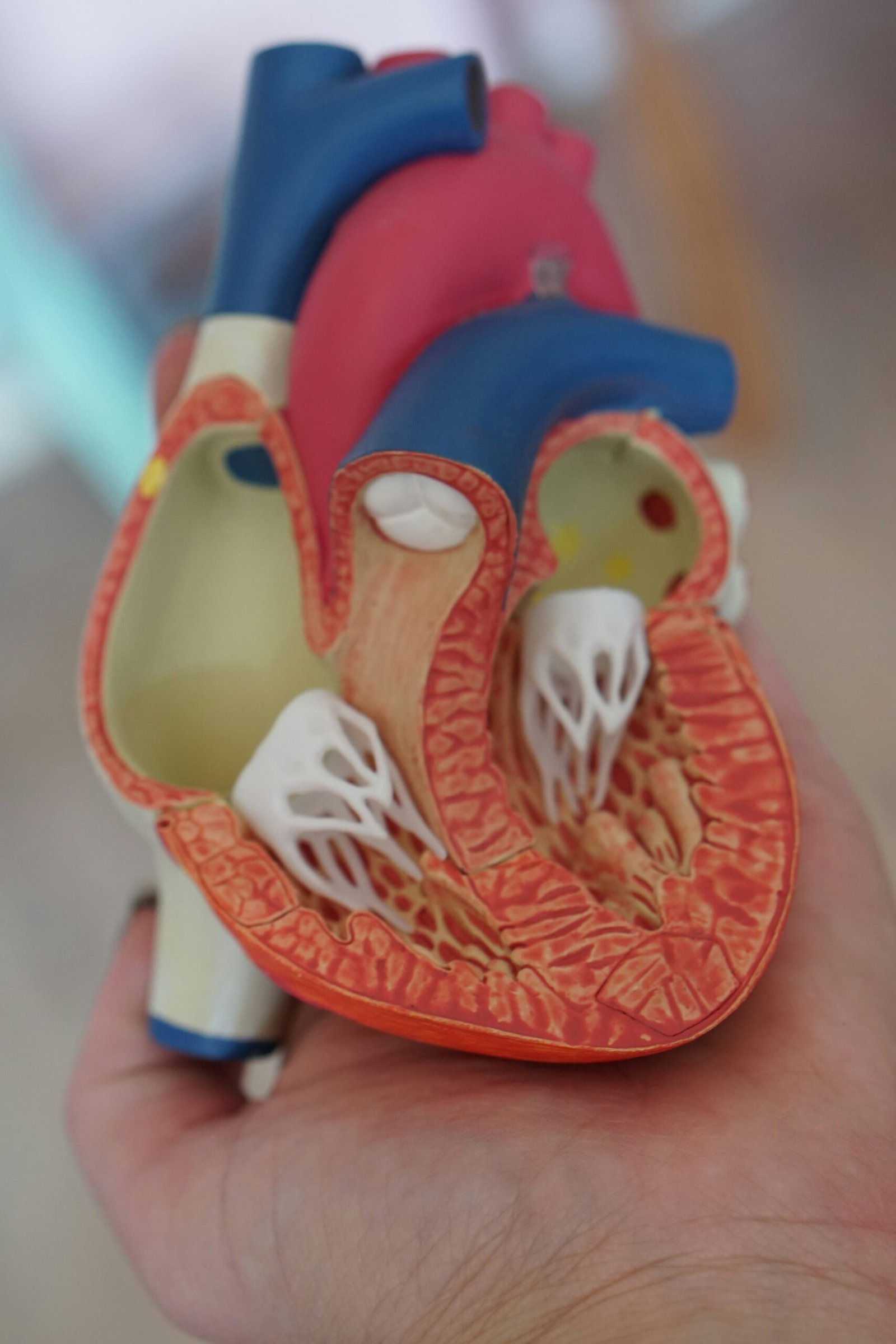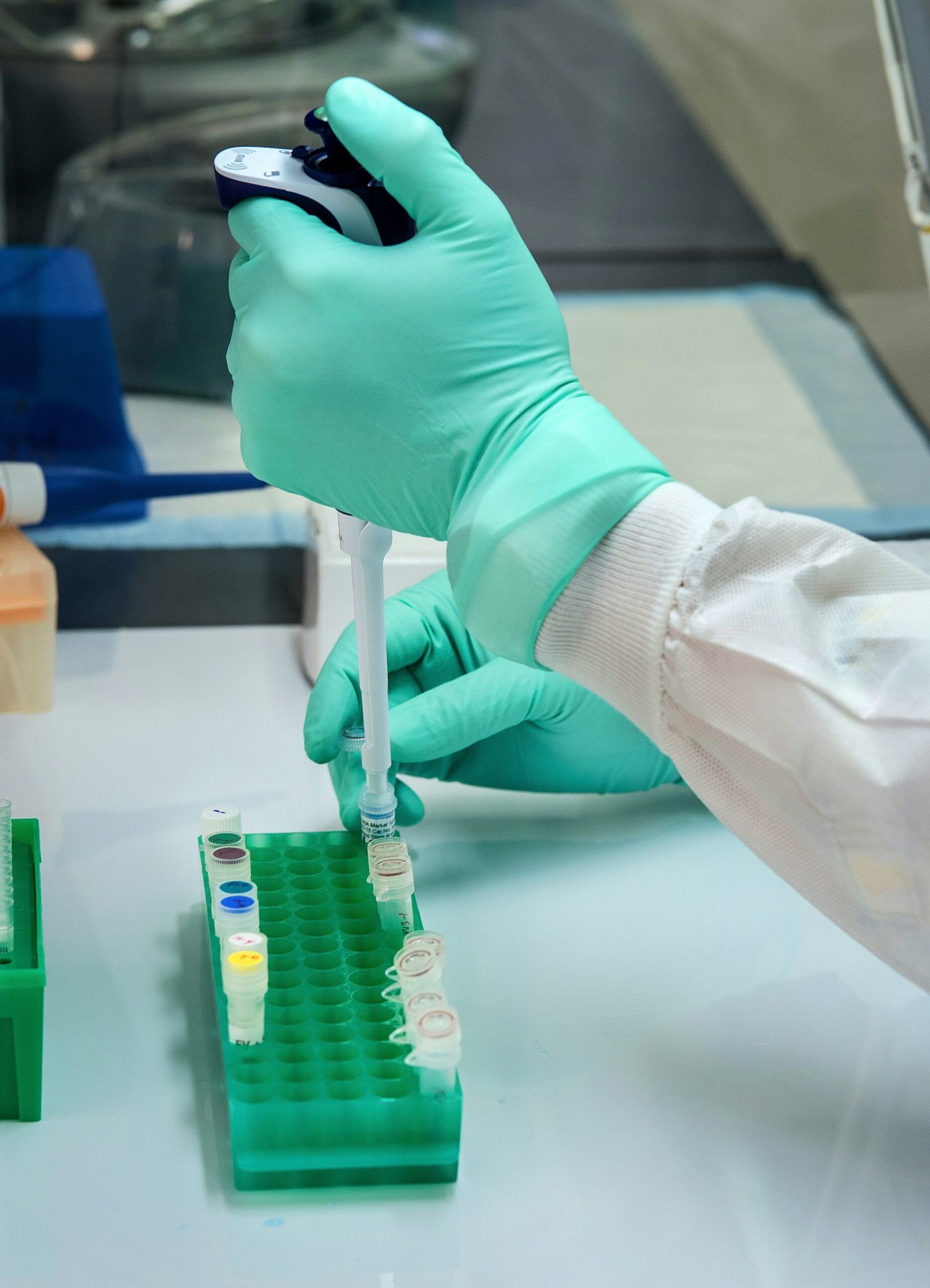Are you experiencing sudden and intense pain in your joints, particularly in your big toe? If so, you may be wondering how to check for gout. This article will provide you with the essential information you need to understand the diagnostic process for this condition. From discussing common symptoms to outlining the various tests and examinations used to confirm gout, you'll gain a comprehensive understanding of how healthcare professionals check for this painful condition. So, let's dive in and explore the world of gout diagnosis together!

Understanding Gout
Definition of Gout
Gout is a form of inflammatory arthritis that occurs when there is a buildup of uric acid crystals in the joints. These crystals can cause sudden and severe pain, swelling, redness, and tenderness in the affected areas. Gout commonly affects the joints of the feet, especially the big toe, but it can also occur in other joints such as the hands, knees, and ankles.
Causes of Gout
The main cause of gout is an elevated level of uric acid in the blood, a condition known as hyperuricemia. Uric acid is a waste product that is formed when the body breaks down purines, substances found naturally in many foods and also produced by the body. Normally, uric acid dissolves in the blood and is excreted through the kidneys. However, if the body produces too much uric acid or the kidneys are unable to eliminate it effectively, uric acid can accumulate and form crystals in the joints, leading to gout.
The Relation Between Uric Acid and Gout
Uric acid plays a crucial role in the development of gout. When the level of uric acid in the blood exceeds a certain threshold, the excess uric acid can form sharp crystals that get deposited in the joints or surrounding tissues. These crystals can trigger an immune response, causing inflammation and the characteristic symptoms of gout. It is important to manage and control uric acid levels to prevent gout flares and long-term complications.
Signs and Symptoms of Gout
Initial Signs
The initial signs of gout often come on abruptly and can include intense pain, usually in the joint of the big toe. This pain may develop suddenly, often at night, and is often described as a throbbing, excruciating sensation. Along with pain, affected areas may also become red, swollen, and tender to the touch. These initial signs are usually short-lived, but without proper management, gout can progress to more severe stages.
Acute Gout Symptoms
During an acute gout episode, symptoms can be quite severe and debilitating. The affected joint may feel hot to the touch, and even the weight of a sheet or blanket can cause excruciating pain. The pain typically reaches its peak within the first 24 hours and gradually subsides over several days to weeks. Without treatment, recurrent acute gout attacks are common and can damage the affected joint over time.
Chronic Gout Symptoms
Chronic gout refers to the persistent presence of uric acid crystals in the joints, leading to long-term inflammation and joint damage. The symptoms of chronic gout are similar to those of acute gout but are generally less severe. These symptoms can include joint stiffness, limited range of motion, nodules called tophi that can develop under the skin, and joint deformities. Chronic gout can significantly impact the quality of life and require ongoing management.
Gout in Men and Women
Gout is more common in men than in women, with men typically developing symptoms in their 30s and 40s, and women usually experiencing gout after menopause. This difference is believed to be due to hormonal factors, as estrogen helps promote the excretion of uric acid. However, the incidence of gout is on the rise in both sexes, mainly due to lifestyle factors such as poor diet, sedentary habits, and increased alcohol consumption.
Common Areas Affected by Gout
Gout in Feet
Gout commonly affects the joints of the feet, especially the base of the big toe. This condition, known as podagra, is characterized by intense pain, swelling, and tenderness in the affected joint. Other joints in the foot, including the ankle and mid-foot, can also be affected. The foot's involvement in gout often leads to difficulty in walking and performing daily activities.
Gout in Hands
In addition to the feet, gout can also affect the joints of the hands, particularly the fingers and wrists. The symptoms of gout in the hands are similar to those in the feet, with severe pain, swelling, and tenderness. The joint at the base of the thumb is a common site for gout to develop, and the pain can be debilitating, making it challenging to grasp or hold objects.
Gout in Knees
The knees are another common site for gout attacks. When uric acid crystals accumulate in the knee joint, it can cause significant pain, swelling, and limited mobility. Gout in the knees can make walking and bending the knee extremely difficult. It is crucial to seek prompt medical attention if experiencing gout symptoms in the knees to prevent long-term damage to the joint.
Other Possible Affected Areas
While gout primarily affects the feet, hands, and knees, it can also occur in other joints, including the ankles, elbows, shoulders, and hips. The symptoms and impact on daily life will be similar to those experienced in the more common areas. It is important to note that gout can affect one joint or multiple joints simultaneously.
Dietary Factors
Foods That Can Trigger Gout
Diet plays a significant role in the development and management of gout. Certain foods are high in purines, which are broken down by the body into uric acid. Consuming excessive amounts of purine-rich foods can lead to elevated uric acid levels, increasing the risk of gout flares. Foods to limit or avoid include organ meats, shellfish, red meat, sugary drinks, alcoholic beverages, and fructose-rich foods. On the other hand, a diet rich in low-fat dairy products, fruits, vegetables, and whole grains may help reduce the risk of gout.
Importance of Hydration
Staying well-hydrated is crucial in managing gout. Drinking enough water helps dilute uric acid levels in the blood, making it easier for the kidneys to excrete it. Aim to drink at least 8 cups of water per day and more if you are physically active or in hot weather. Avoid sugary drinks and alcohol, as they can contribute to dehydration and worsen gout symptoms.
Alcohol and Gout
Alcohol, especially beer and spirits, is known to be a significant trigger for gout. It not only dehydrates the body but also interferes with the elimination of uric acid by the kidneys. Furthermore, alcohol consumption can increase the production of uric acid in the body. If you have gout, it is best to limit or avoid alcohol altogether to minimize the risk of gout flares.

Medical Examination for Gout
Physical Examination
When you visit a doctor suspecting gout, they will first perform a physical examination of the affected joint(s). The doctor will assess the joint for signs of inflammation, such as redness, swelling, warmth, and tenderness. They may ask you to describe your symptoms in detail and inquire about any previous gout episodes or family history of the condition.
Blood Tests
Blood tests are used to measure the levels of uric acid in your blood. Elevated levels of uric acid, also known as hyperuricemia, can suggest the presence of gout. However, it is important to note that not all individuals with hyperuricemia develop gout, and not all gout attacks occur when uric acid levels are elevated. Thus, blood tests alone are not conclusive for the diagnosis of gout but can provide useful information.
Joint Fluid Test
In some cases, your doctor may recommend a joint fluid test, also known as joint aspiration or arthrocentesis. This procedure involves using a needle to withdraw a sample of fluid from the affected joint for laboratory analysis. The presence of uric acid crystals in the joint fluid confirms the diagnosis of gout.
Imaging Techniques
Imaging techniques such as X-ray, ultrasound, or MRI may be used to assess the joint damage caused by gout. X-rays can help visualize the presence of tophi, which are deposits of uric acid crystals in the joint or soft tissues. Ultrasound and MRI scans are more sensitive in detecting early joint changes and can help guide the management of gout.
The Role of Family History
Genetics and Gout
Family history and genetics play a significant role in the development of gout. If you have a family history of gout, you may have a higher risk of developing the condition yourself. Certain genetic variations can make the kidneys more likely to retain uric acid or affect the way the body processes purines. However, having a family history does not guarantee that you will develop gout, and individuals without a family history can still develop the condition.
Discussing Family Medical History with Your Doctor
It is essential to disclose your family medical history to your doctor when discussing your symptoms. By knowing your family history, your doctor can better assess your risk of developing gout and determine the most appropriate management plan for you. They may also consider other factors such as lifestyle and diet to get a comprehensive picture of your individual situation.

Lifestyle Factors
Relation Between Obesity and Gout
Obesity is strongly associated with an increased risk of gout. Excess body weight can lead to higher levels of uric acid in the blood due to increased production and decreased excretion of uric acid by the kidneys. Losing weight through a combination of healthy eating and regular physical activity can help reduce the risk of gout and improve overall health.
How Smoking Can Influence Gout
Smoking has been shown to increase the risk of gout and worsen its symptoms. The chemicals in tobacco can lead to elevated uric acid levels and promote inflammation in the body. Smoking also reduces the effectiveness of gout medications and can hinder the healing process during a gout attack. Quitting smoking is beneficial not only for gout management but for overall health and wellbeing.
The Impact of Stress on Gout
While stress alone does not directly cause gout, it can contribute to gout flares and worsen symptoms. Stress can lead to poor lifestyle habits, such as unhealthy eating, excessive alcohol consumption, and inadequate sleep, all of which can trigger gout attacks. Managing stress through relaxation techniques, regular exercise, and seeking support can help minimize the impact on gout.
Assessment of Severity and Stages of Gout
Asymptomatic Hyperuricemia
Asymptomatic hyperuricemia refers to the condition where uric acid levels are elevated, but there are no visible symptoms of gout. This stage is considered to be a precursor to gout, and individuals with asymptomatic hyperuricemia have an increased risk of developing gout in the future. Lifestyle modifications and medications may be recommended to manage uric acid levels and prevent gout flares.
Acute Gout
Acute gout refers to sudden and intense gout attacks characterized by severe pain, swelling, redness, and tenderness in the affected joint(s). These attacks typically last for a few days to weeks and can be recurrent. Prompt treatment with medications, such as nonsteroidal anti-inflammatory drugs (NSAIDs) or corticosteroids, can help relieve symptoms and shorten the duration of the attack.
Interval Gout
Interval gout refers to the phase between acute gout attacks when the symptoms have subsided, and the joint appears normal. During this phase, uric acid levels in the blood may still be elevated, increasing the risk of future gout flares. Long-term management strategies, including lifestyle modifications and uric acid-lowering medications, are typically recommended during this stage.
Chronic Tophaceous Gout
Chronic tophaceous gout is the most advanced and severe stage of gout. Tophi are large, irregular nodules that develop under the skin due to the accumulation of uric acid crystals over time. These tophi can cause joint deformities, chronic pain, and disability. Managing chronic tophaceous gout often involves a combination of medications, such as xanthine oxidase inhibitors, and surgical removal of tophi if necessary.
Treatment Options
Medicinal Treatments
Various medications are available for the treatment of gout, aimed at relieving symptoms, reducing inflammation, and lowering uric acid levels. Nonsteroidal anti-inflammatory drugs (NSAIDs), colchicine, and corticosteroids are commonly used to manage acute gout attacks. For long-term management, medications such as xanthine oxidase inhibitors and uricosurics may be prescribed to lower uric acid levels and prevent gout flares.
Lifestyle Changes
In addition to medications, making certain lifestyle changes can help manage gout and reduce the frequency and intensity of gout attacks. These changes include maintaining a healthy weight, following a low-purine diet, staying well-hydrated, limiting alcohol consumption, and engaging in regular physical activity. It is crucial to work with healthcare professionals to develop a personalized lifestyle plan.
Surgical Options
Surgical intervention is rarely required for gout management but may be considered in severe cases with chronic tophaceous gout or if there is joint damage causing significant pain and disability. Surgical options can include joint aspiration, tophus removal, joint fusion, or joint replacement. These procedures aim to relieve pain, improve joint function, and restore quality of life.
Living with Gout
Managing Gout Flares
Living with gout involves effectively managing gout flares when they occur. This includes resting the affected joint, applying ice packs to reduce swelling, and taking prescribed medications to alleviate pain and inflammation. Over-the-counter nonsteroidal anti-inflammatory drugs (NSAIDs) such as ibuprofen may also provide temporary relief. It is important to follow specific treatment plans recommended by healthcare professionals to effectively manage gout flares.
Long-Term Lifestyle Adaptations
To reduce the frequency and severity of gout flares, long-term lifestyle adaptations are necessary. These can include maintaining a healthy diet, low in purine-rich foods, and high in fruits, vegetables, whole grains, and low-fat dairy products. Regular physical activity is also crucial for managing gout, as exercise can help control weight, improve joint flexibility, and reduce the risk of gout flares.
Psychological Aspects of Living with Gout
Living with gout can have a significant impact on an individual's psychological well-being. The unpredictable nature of gout flares, chronic pain, and joint limitations can lead to frustration, anxiety, stress, and even depression. It is important to seek support from healthcare professionals, family, and friends to address these psychological aspects and develop coping strategies. Psychotherapy and support groups may also be beneficial for individuals experiencing emotional difficulties due to gout.